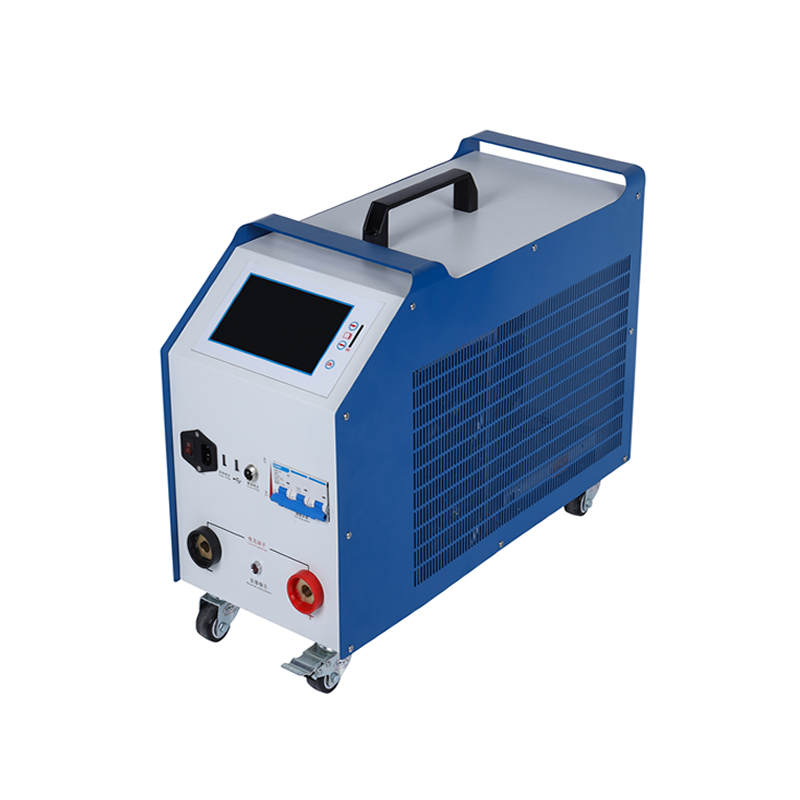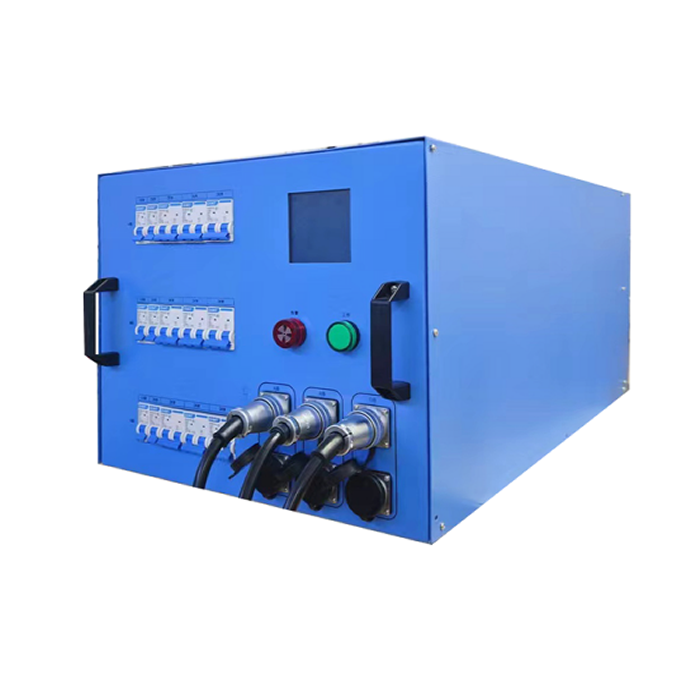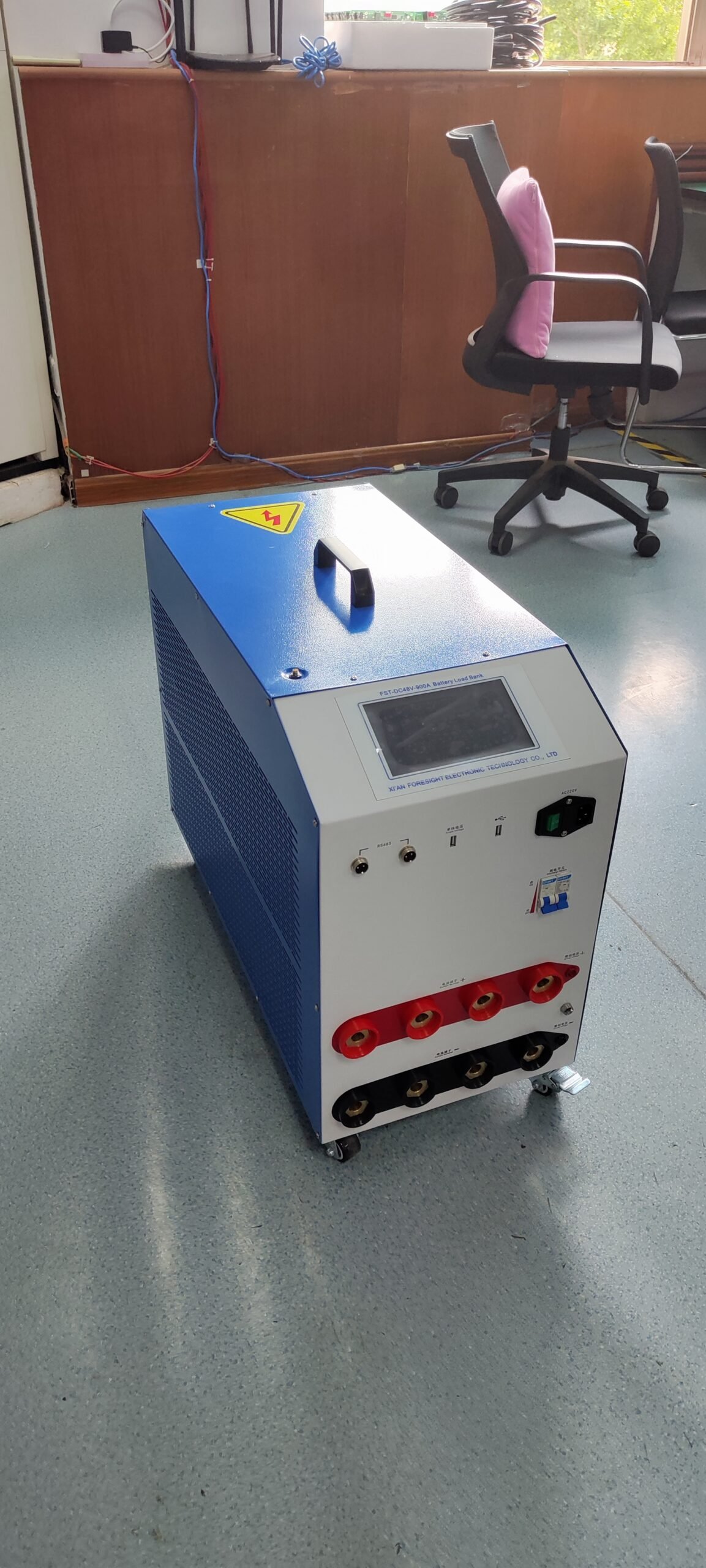
Published On: 03/21/2024Categories: 未分类
48V Backup power maintenance in telecommunications
Table Of Content
Maintaining backup power systems in telecommunications, especially those operating at 48V, is critical for ensuring uninterrupted service. Here’s a comprehensive guide to managing the maintenance effectively:
- Regular Inspections: Schedule routine inspections of backup power systems. This includes batteries, inverters, rectifiers, and any other associated equipment.
- Battery Maintenance:
- Check battery voltage levels regularly.
- Inspect for signs of corrosion, leaks, or physical damage.
- Clean terminals and connections to prevent corrosion.
- Perform regular capacity tests to ensure batteries are holding their charge.
- Replace batteries as per manufacturer recommendations or when capacity tests indicate a decline.
- Inverter and Rectifier Maintenance:
- Test inverters and rectifiers for proper operation regularly.
- Check for overheating or unusual noises.
- Ensure proper ventilation around these units to prevent overheating.
- Keep them clean and free of dust and debris.
- Environmental Considerations:
- Ensure backup power equipment is housed in a suitable environment with controlled temperature and humidity levels.
- Protect equipment from water damage and extreme weather conditions.
- Install appropriate ventilation and cooling systems if necessary.
- Monitoring and Alarms:
- Implement a monitoring system to track the performance of backup power equipment.
- Set up alarms for critical parameters such as battery voltage, temperature, and system failures.
- Regularly review alarm logs and address any issues promptly.
- Testing:
- Conduct regular load tests to simulate power outages and ensure backup systems kick in as expected.
- Test automatic transfer switches (ATS) to verify seamless transition between primary and backup power sources.
- Document test results and keep records for compliance and analysis purposes.
- Training:
- Ensure personnel responsible for maintaining backup power systems are adequately trained.
- Provide training on safety protocols, troubleshooting procedures, and equipment operation.
- Keep staff up-to-date with the latest maintenance practices and technologies.
- Emergency Preparedness:
- Have contingency plans in place for unexpected power outages or equipment failures.
- Maintain a stock of critical spare parts to minimize downtime during repairs.
- Establish protocols for escalating and resolving issues during emergencies.
- Compliance and Regulations:
- Stay informed about relevant industry standards and regulations governing backup power systems.
- Ensure compliance with regulations such as NFPA 70 (National Electrical Code) and NFPA 111 (Standard on Stored Electrical Energy Emergency and Standby Power Systems).
- Documentation and Reporting:
- Maintain detailed records of maintenance activities, inspections, and tests.
- Document any repairs, replacements, or upgrades performed on backup power equipment.
- Generate regular reports summarizing the health and performance of backup power systems.
By following these maintenance practices, telecommunications companies can minimize downtime, ensure service reliability, and meet regulatory requirements effectively. Regular monitoring, testing, and proactive maintenance are key to keeping backup power systems in optimal condition
About the Author: Foresight
Foresight Electronics Co, Ltd. is engaged in the high-tech enterprise specially engaged in R&D and production and marketing of all kinds of products involved in high quality contact less laser distance measurement.





